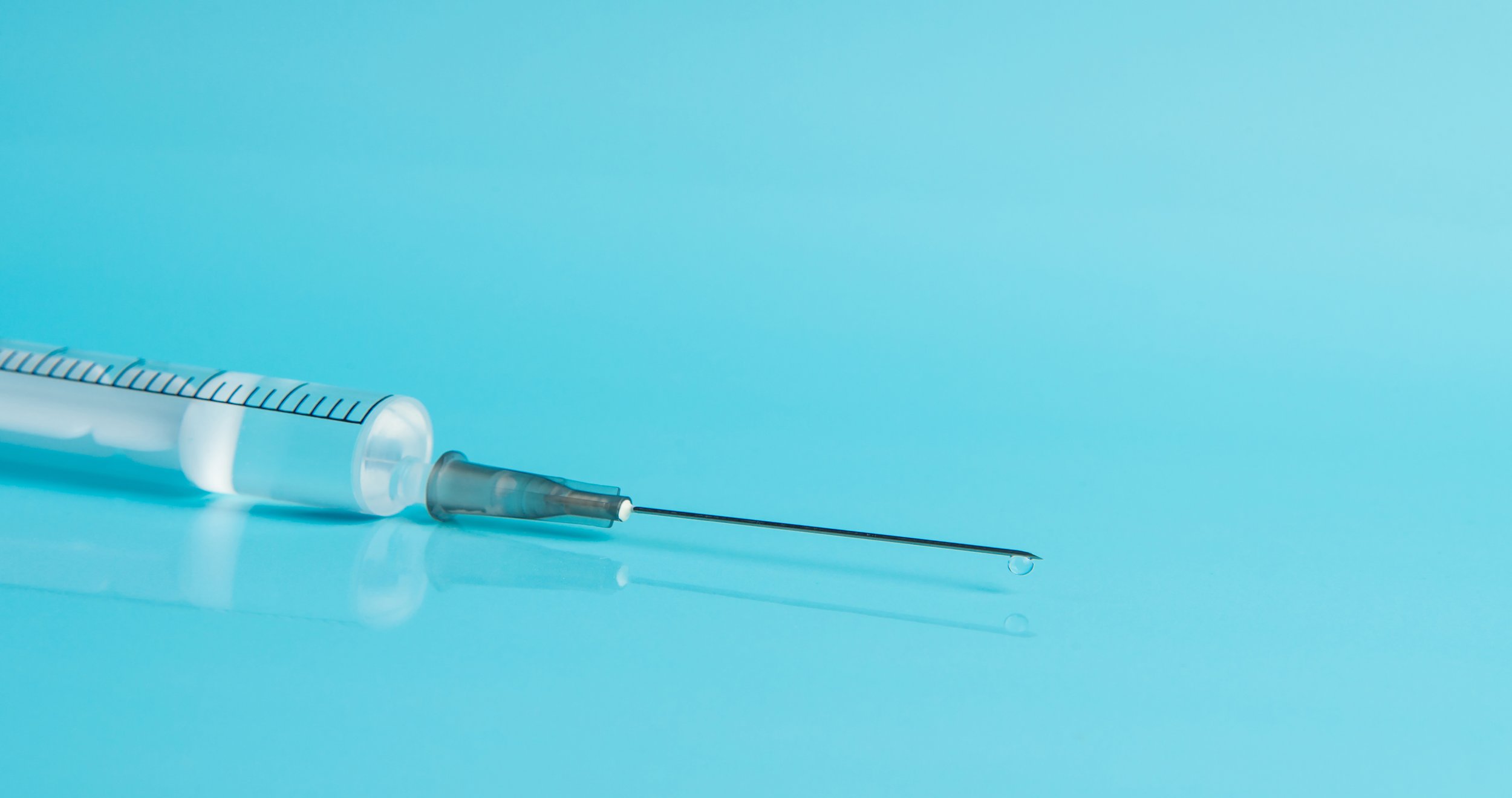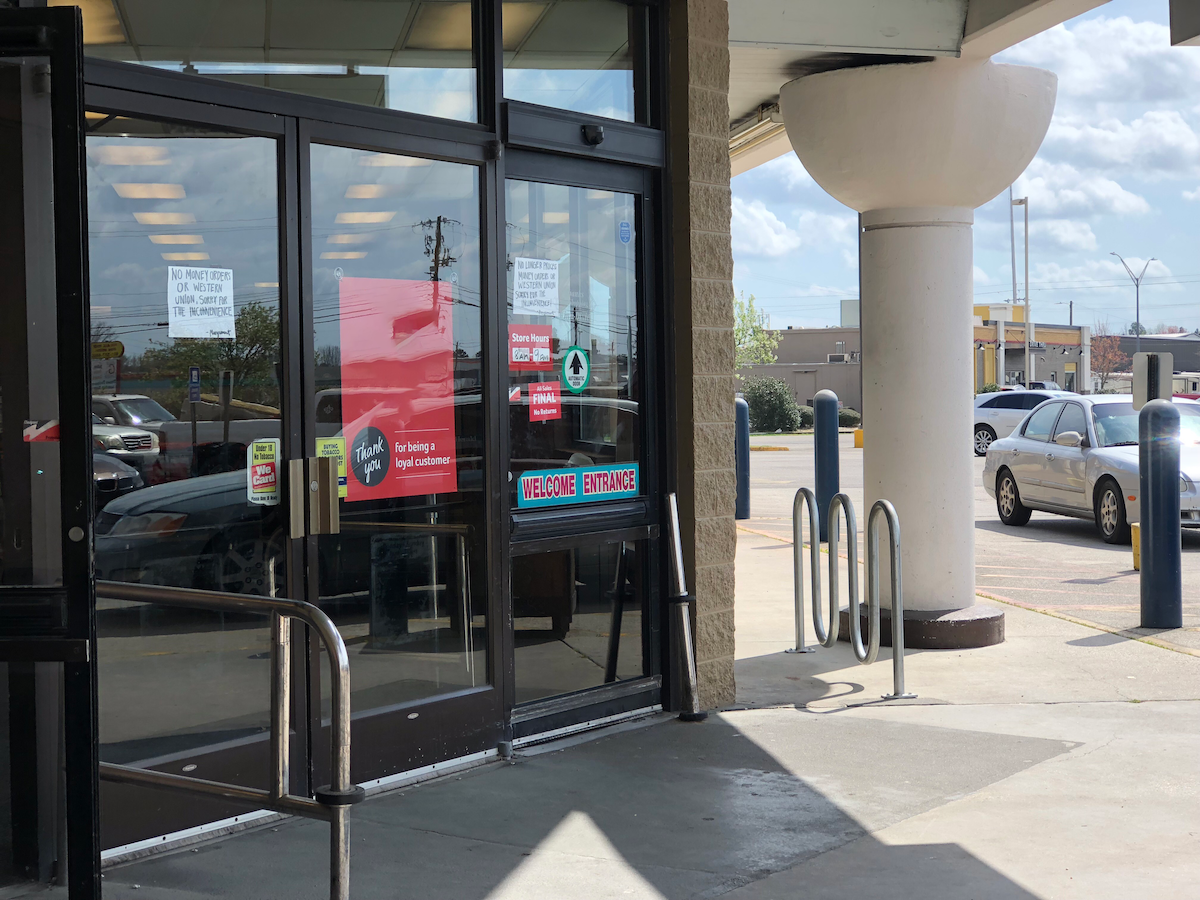First Aid - Burns
Languages: English
Media Editing: The video module(s) in this subject are editable under our Content Studio offering unless otherwise indicated. For more information about Content Studio, contact your CSM.
Description: Minor burns are a common injury in many workplaces. By using proper first aid techniques to treat a burn, you can avoid having your employees lose time due to infections or other complications. In this subject, we'll start by teaching your team how to identify what degree of burn they are dealing with, and whether it's a minor or major burn. Learners will also be taught how to assess if they can treat the burn themselves with first aid, or if the person requires medical attention at the hospital.
Languages: English
Media Editing: The video module(s) in this subject are editable under our Content Studio offering unless otherwise indicated. For more information about Content Studio, contact your CSM.
Description: Minor burns are a common injury in many workplaces. By using proper first aid techniques to treat a burn, you can avoid having your employees lose time due to infections or other complications. In this subject, we'll start by teaching your team how to identify what degree of burn they are dealing with, and whether it's a minor or major burn. Learners will also be taught how to assess if they can treat the burn themselves with first aid, or if the person requires medical attention at the hospital.
Languages: English
Media Editing: The video module(s) in this subject are editable under our Content Studio offering unless otherwise indicated. For more information about Content Studio, contact your CSM.
Description: Minor burns are a common injury in many workplaces. By using proper first aid techniques to treat a burn, you can avoid having your employees lose time due to infections or other complications. In this subject, we'll start by teaching your team how to identify what degree of burn they are dealing with, and whether it's a minor or major burn. Learners will also be taught how to assess if they can treat the burn themselves with first aid, or if the person requires medical attention at the hospital.
Topics
Identifying Burns
-
Before you can treat a burn, you need to be able to identify it. Burns can be either first, second, or third-degree, as well as minor or major. By learning what kind of burn you are dealing with, you can then know how to act to treat it or know if the person needs further medical attention. We’ll also cover the differences between a heat and a chemical burn.
-
Questions (level 1, 2, 3)
-
This topic is currently available in English.
-
Determine if the person has a first, second, or third-degree burn. How you treat it will change depending on the type of burn they have.
A first-degree burn is when the skin is red, swollen, and painful. The skin will turn white when touched. Blisters don’t develop.
A second-degree burn is when the skin turns pink or red. They usually develop blisters within 24 hours. They are extremely painful.
A third-degree burn is when the skin looks leathery and is white, black, or bright red in color. It does not turn white when touched. Usually little to no feeling in the skin, as the nerve cells have died.
You also need to assess if a burn is minor or major. This will determine if you should send the person to the hospital.
Minor burns are all first-degree burns, and second-degree burns that cover less than 10% of the person’s body.
Major burns are any burns that involve the palm of the hand, feet, face, or genitals; or are second-degree burns that cover more than 10% of the body.
All third-degree burns should be treated as major and require the person to go to the hospital. The person likely requires treatments that can’t be provided onsite.
Heat burns are caused by a heat source such as fire, steam, hot liquids, or contact with a hot surface. Minor heat burns only require first aid treatment.
Chemical burns are caused by corrosive substances such as strong acids or drain cleaner. These burns cause the same effects as heat burns. You must remove the chemical to prevent continued burning.
Preview of topic image for “Identifying Burns” as this topic is questions only.
Treating Minor Burns
-
While treating a minor burn is relatively simple, it requires care and consideration to be done correctly. In this topic, we’ll cover how to treat a minor burn effectively. We’ll also cover what you need to do to prevent infection and other complications. This will help prepare your team to perform first aid if one of them or someone else is burned on the job. This topic includes a video to give an overview of the core concepts.
-
Questions (level 1, 2, 3)
Video module
-
This topic is currently available in English.
-
Determine if the burn is minor or major. If the burn is minor, treat it using first aid. If the burn is major, the person needs to get to a hospital as soon as possible.
Run cool water over the burn. If you can’t use running water, a cool, wet compress will do. Continue until the pain subsides.
Remove clothing from the burned area if you can do so easily. This will help keep the area clear for bandaging. It will also prevent these items from continuing to heat the area.
If possible and easy to do so, remove any jewelry from the burned area. This will help keep the person comfortable if there is any swelling.
Clean the wound if necessary, and only if you can do so without causing the person significant discomfort. This will reduce the chances of the area continuing to burn. It will also reduce the risk of infection.
Never put ointment, creams, oils, or butter on a burn. These substances increase the risk of infection, and will make it difficult to remove any bandages.
Cover the burned area in either a non-stick bandage or sterile gauze. Keep the bandage light and loose to prevent it from sticking to the area.
Do not break any blisters if they develop. Breaking blisters will increase the risk of infection and slow healing.
If the burn is a chemical burn, use cool water to rinse the area for at least 20 minutes. This will help remove as much of the chemical as possible.
If the chemical is a powder, and you can brush it away easily, wear gloves or use a cloth to do so. Then, rinse the area to make sure the chemical is fully removed.







